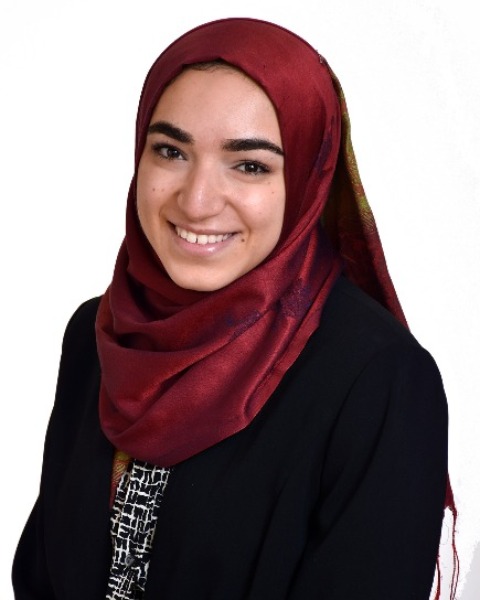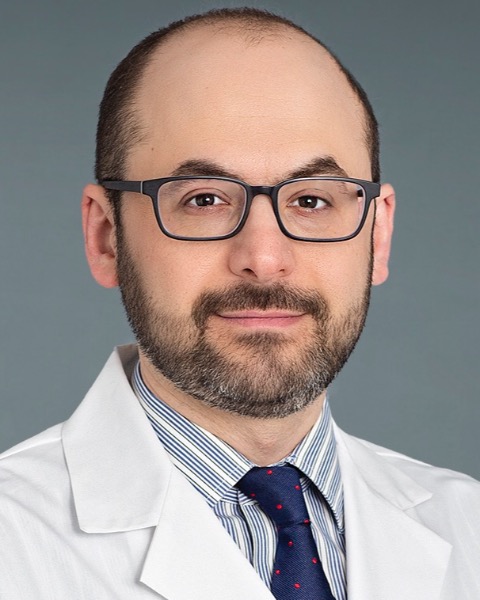Poster Session 1
(161) Twins exposed to late preterm steroids may be at increased risk for neonatal respiratory morbidity
- DB
Dana Senderoff Berger, BS, MD (she/her/hers)
MFM Fellow
NYU Grossman School of Medicine
New York, NY, United States 
Diana S. Abbas, MD
Ob/Gyn Resident
NYU Grossman School of Medicine
New York, New York, United States- LM
Lindsay N. Marty, MD
NYU Grossman School of Medicine
New York, New York, United States 
Kate Tolleson, MS (she/her/hers)
Medical Student
NYU Grossman School of Medicine
New York, New York, United States- CT
Cole Turner, DO
NYU Grossman School of Medicine
New York, New York, United States - SF
Steven Friedman, MS
NYU Grossman School of Medicine
New York, New York, United States - EH
Erinn M. Hade, PhD
NYU Grossman School of Medicine
New York, New York, United States 
Justin S. Brandt, MD (he/him/his)
Associate Professor, Division Director, Fellowship Program Director
NYU Langone Health
New York, New York, United States
Meghana A. Limaye, MD
MFM Fellow
NYU Langone Health
New York, New York, United States
Submitting Author(s)
Presenting Author(s)
Coauthor(s)
Study Design: This was a retrospective cohort study in a large tertiary care health system (2013 – 2022) of non-anomalous twin gestations at risk of preterm delivery between 34 0/7- 36 6/7 weeks. Patients were excluded if they previously received ACS or had pregestational diabetes. The exposed group included twin gestations that received 1 or 2 doses of betamethasone in the late preterm period. The primary outcome was a respiratory morbidity composite including need for any of the following in the first 72 hours: continuous positive airway pressure (CPAP) or high flow nasal cannula (HFNC) for 2 or more hours, supplemental oxygen of 30+% for 2 or more hours, ECMO, mechanical ventilation, fetal or neonatal death. Secondary outcomes included surfactant use, RDS, and TTN. Adjusted and unadjusted relative risks (RR) with 95% confidence intervals (CI) were calculated.
Results:
During the study period, 366 twin gestations, corresponding to 733 patient-infant dyads, were included, with 162 gestations (321 infants) in the exposed group and 204 gestations (401 infants) in the unexposed group. The mean gestational age of ACS administration was 35 2/7 weeks in the exposed group and 35 6/7 weeks in the unexposed group. Timing and indications for administration are described in Table 1. Exposed fetuses had 16% higher risk of composite respiratory morbidity (95% CI 0.83 – 1.61), which was driven by higher rates of CPAP and HFNC. Exposed fetuses had lower risk of needing supplemental oxygen of 30+% for 2 or more hours (aRR 0.16, 95% CI 0.02 – 0.75) and mechanical ventilation (aRR 0.19, 95% CI 0.04 - 0.86) (Table 2).
Conclusion: In a large cohort of twins at risk for late preterm delivery, exposure to ACS was associated with increased risk of composite neonatal respiratory morbidity. The results of our study add to the literature questioning the benefits of late preterm ACS in twins.

